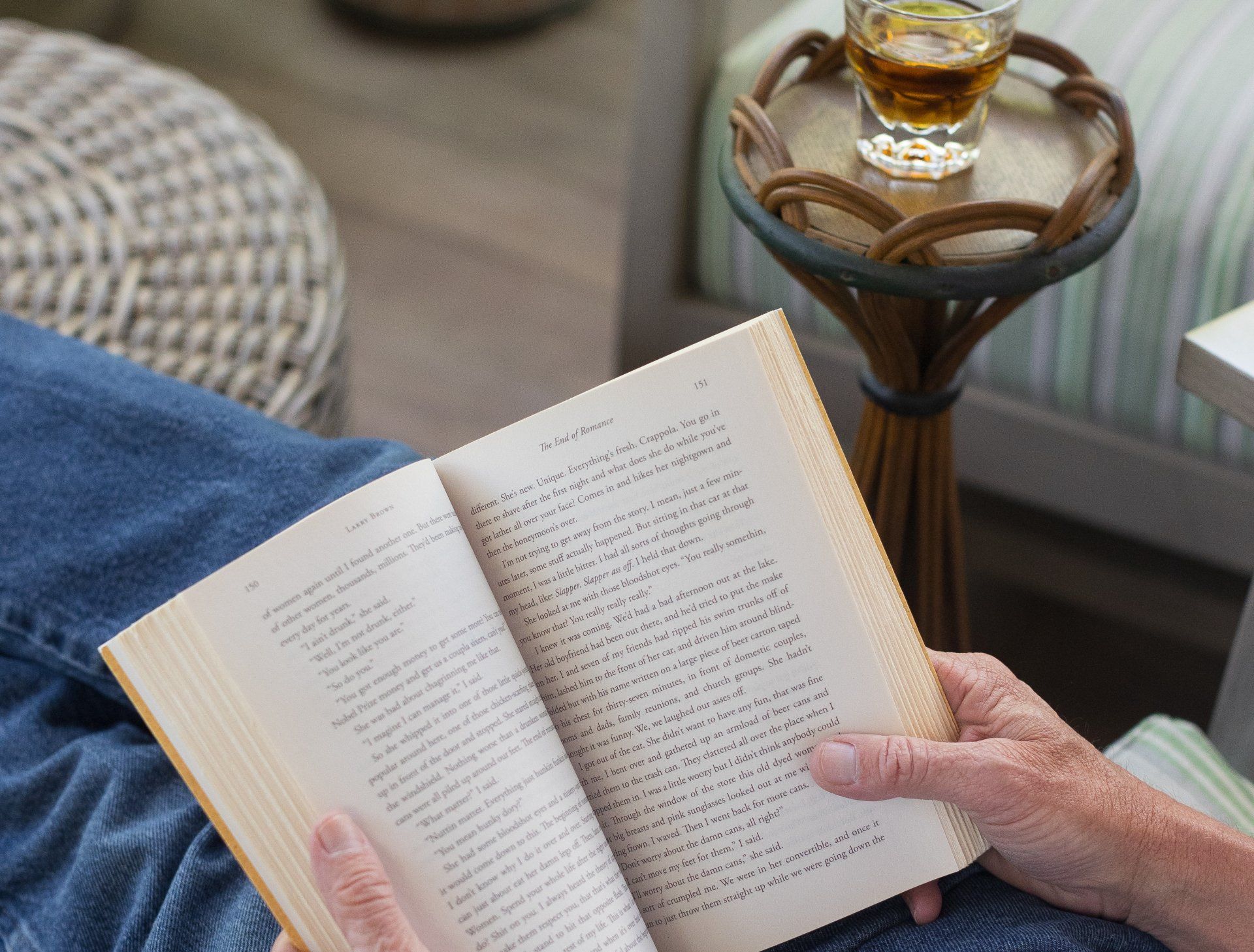Charleston and Coffee – Yesterday and Today: Part 3
Coffee shops across Charleston today - offering something for every taste and style
We started this series of blogs (this is post 3 of 3) with a brief review of stats confirming what most of us know – when it comes to drinks, coffee is king.
Coffee has come along way sense Kaldi the Ethiopian goat herder first noticed that his goats, after eating berries from a particular tree, danced around ridiculously, and stayed up all night. The rest, as they say, is history.
Walk into a coffee shop today and you can find a selection of gourmet coffees sourced from specialty roasters around the world, the beans harvested, roasted, brewed, and poured as a simple cup of joe or an espresso fashioned as a Cappuccino, Latte, Cortado, Macchiato, Americano, etc… If you want a flavor to match the season, they’ve got that too.
The variety of coffee is matched by the variety of motifs available when selecting your coffee shop. There truly is something for everyone. I’m not going to list all the coffee shops in the Charleston area; there are some excellent lists available at the end of a quick Google search. Instead, I will highlight a few and on the following criteria:
· Does the coffee taste good?
· Is it a place where people comfortably meet?
· Is coffee the thing?
1. Second State Coffee, 70.5 Beaufain St, Charleston https://secondstatecoffee.com/
The answer to each of these three questions is Yes, Yes, and Yes.
Founders Ross Jett and Jayme Scott have been in the coffee business in Charleston for ten years and have successfully built two businesses under the ‘Second State’ brand – one as a coffee shop and the other as coffee roaster, no easy task. They now boast four locations. I frequent the downtown Charleston location in the Harleston Village neighborhood as it’s only a half mile from my home.
The shop throws off a positive vibe from the minute you enter. It is airy and well lit. The décor is described as minimalist, and it is but comfortably so. You have your choice of a communal table, a bar side stool along a window lined wall or one of several smaller tables for two. Every gathering option is served. Wifi is free and the setting is conducive to reading, chatting with friends, or just sitting alone and catching up on emails.
When I entered at 3:00pm on a weekday, most folks were working alone but there were two other groups meeting, a group of two and a group of three. The setting is quiet. Music plays in the background, but not too loud, and it works as it adds to the setting. Given the intimacy of the shop, I would not recommend it for a vocal group meeting of more than four people.
As for the coffee, it is excellent, and there is a reason why. The owners have invested time, money, blood, sweat, and tears learning and mastering the roasting process. They source beans carefully insuring they are always purchasing the freshest beans and then take the time to refine the roasting process for a particular type of bean. I drink coffee black and order their daily brew when I visit and am never disappointed. You can also purchase coffee beans to take home.
So, at Second State, is coffee the thing? The owners will tell you that Second State is more than just a coffee shop and that is true because of the ambiance they have created but that is the case because at Second State, coffee is the thing.
2. Bitty & Beau’s Coffee, 159 Church St., Charleston https://www.bittyandbeauscoffee.com/
When I walked into Bitty & Beau's Coffee, I wanted to treat the experience as I would any other visit to a Coffee shop. I wanted to because the proprietors want you to as well by changing the way we see other people.
But I couldn't. I love this place and I love the story. Everyone who learns the story does. In 2016, Amy and Ben Wright, the proud parents of four children, opened a coffee shop in Wilmington, NC but a coffee shop actively employing people with intellectual and developmental disabilities. They named the shop “Bitty & Beau’s” after two of their children who were born with down syndrome. Today, there are 23 (or more, possibly by now) locations around the Southeast employing more than 200 people, 80% of whom live full lives with an intellectual or developmental handicap. And I believe that is the point, that our culture will see people with these challenges as full, valuable, and valued members of our world. I invite you to go to their website (bittyandbeauscoffee.com) to learn more. They tell the story better than I can.
The shop I visited is on Church Street, a block from the Market in Charleston. The décor is simple, black and grey, and it works. They offer a full selection of hot and cold coffee drinks. You will not find an exhaustive list of sprinkles and flavors, etc…, offered by other coffee shops, but you find an excellent cup of coffee, espresso, cappuccino, latte, macchiato, etc…
The seating arrangements are comfortable and consist of tabletop settings for two to four people. If you are shopping along Market Street in Charleston or just sightseeing in the area, Bitty & Beau’s is the perfect place to take a break with a cup of coffee, to rest and refuel.
So, at Bitty & Beau’s, is coffee the thing. Tough question. If I answer no, you may conclude that the coffee is second rate, but that’s not the case. If I answer yes, then I’m missing the point. When I was enjoying my coffee, I noticed the following words written on the wall close to the entrance: "When you value people, accepting them and including them comes naturally." Visit, and then you be the judge.
3. Muddy Water Coffee Bar, 1739 Maybank Hwy W, Charleston http://www.muddywaterscoffee.com/
The answer to each of these three questions is Yes, Yes, and Yes.
Though located at the busy intersection of Old Folly Rd and Maybank Hwy, Muddy Water Coffee Bar has a distinctive neighborhood feel. Not every neighborhood is a quiet, tree-lined road with homes setback from the street. But, as I was waiting in line to place my order, two different people entered who happened to know others either waiting in line or already seated and they struck up conversations.
The decor is simple, and owing to several large windows, the shop is well lit. There is a definite artsy feel to the place, and you will find paintings on the walls for sale by several local artists. I walked in at 2:45pm and nearly every table was occupied by individuals or couples at work. The communal table in the center was empty but I took a seat in a comfortable chair in the corner and read, “To Win and Die in Dixie” by Steve Eubanks. The background music is played softly so as not to distract.
The coffee is roasted daily and shipped to Muddy Water from Counter Culture Coffee in Raleigh, NC and brewed in highly engineered, beautiful espresso and coffee machines. Is it any wonder the coffee we make at home falls short?
A real plus at Muddy Water are the pastries. They are baked and delivered each day by Wildflour Pastry in West Ashley.
So, at Muddy Water Coffee Bar, is coffee the thing? Yes, it most certainly is. They have delivered an environment conducive to reading, working solo, or catching up with a friend and curated excellent coffee to go with a freshly baked scone or quiche.


